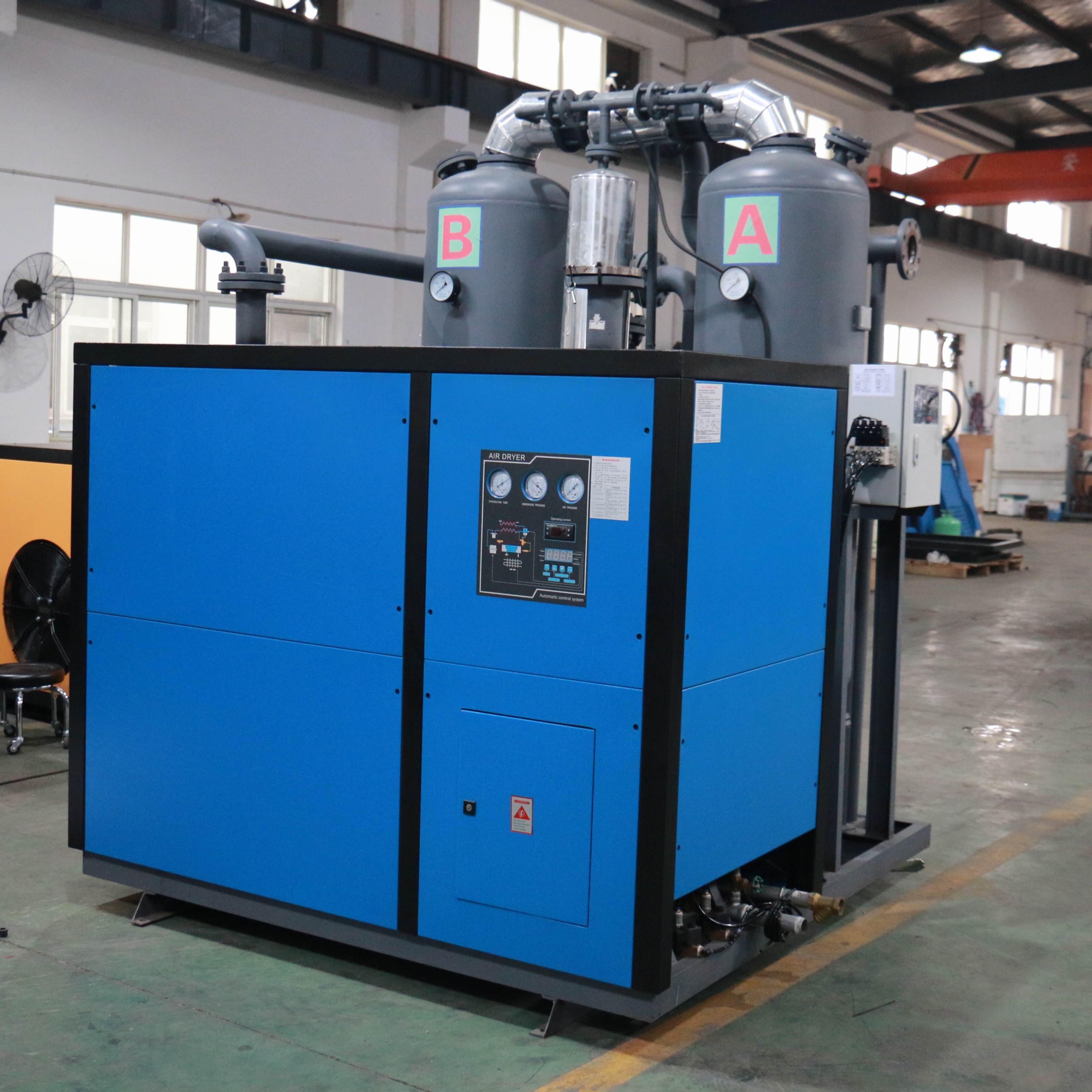As the world becomes increasingly aware of the environmental impact of our daily activities, it is important to consider the environmental implications of the appliances and machines we use. One such machine that has gained popularity in recent years is the air dryer machine. These machines are commonly used in factories, public restrooms, and commercial spaces to dry hands quickly and efficiently. However, the environmental impact of using an air dryer machine is a topic that deserves attention.
When considering the environmental impact of using an air dryer machine, it is important to examine several key factors. These include the energy consumption of the machine, its potential for contributing to air pollution, and its overall carbon footprint. Additionally, the manufacturing process and disposal of air dryer machines also play a significant role in their environmental impact.
One of the primary environmental concerns associated with air dryer machines is their energy consumption. These machines require electricity to operate, and the amount of energy they consume can vary depending on the model and efficiency of the machine. In a factory setting, where air dryer machines may be used frequently throughout the day, the energy consumption can add up significantly. This can contribute to increased demand for electricity, which in turn can lead to greater reliance on fossil fuels and increased greenhouse gas emissions.
Furthermore, the manufacturing process of air dryer machines also has environmental implications. The production of these machines requires raw materials, energy, and resources, all of which can have a negative impact on the environment. Additionally, the disposal of air dryer machines at the end of their lifespan can contribute to electronic waste, which poses its own set of environmental challenges.
In addition to energy consumption and manufacturing, the potential for air dryer machines to contribute to air pollution is another important consideration. Some air dryer machines use high-speed air to dry hands, which can result in the dispersal of bacteria and other particles into the air. This can potentially contribute to indoor air pollution, particularly in public restrooms and other enclosed spaces. Additionally, the noise pollution generated by some air dryer machines can also have negative impacts on the environment and human health.

Despite these environmental concerns, it is important to note that there are steps that can be taken to mitigate the environmental impact of using air dryer machines. For example, choosing energy-efficient models and implementing proper maintenance and usage practices can help reduce the energy consumption of these machines. Additionally, advancements in technology have led to the development of air dryer machines that incorporate HEPA filters to reduce the dispersal of particles into the air, thereby minimizing the potential for air pollution.
Furthermore, the disposal of air dryer machines at the end of their lifespan can be managed through proper recycling and waste management practices. By ensuring that these machines are disposed of responsibly, the environmental impact of their disposal can be minimized.
In conclusion, the environmental impact of using an air dryer machine is a complex issue that encompasses energy consumption, manufacturing, air pollution, and waste management. While these machines offer convenience and efficiency, it is important to consider their environmental implications and take steps to minimize their impact. By choosing energy-efficient models, implementing proper maintenance and usage practices, and managing the disposal of these machines responsibly, it is possible to reduce the environmental impact of using air dryer machines. As technology continues to advance, there is also potential for further innovations that can make these machines more environmentally friendly. Ultimately, by being mindful of the environmental impact of our choices, we can work towards a more sustainable future.
Post time: Jul-11-2024


